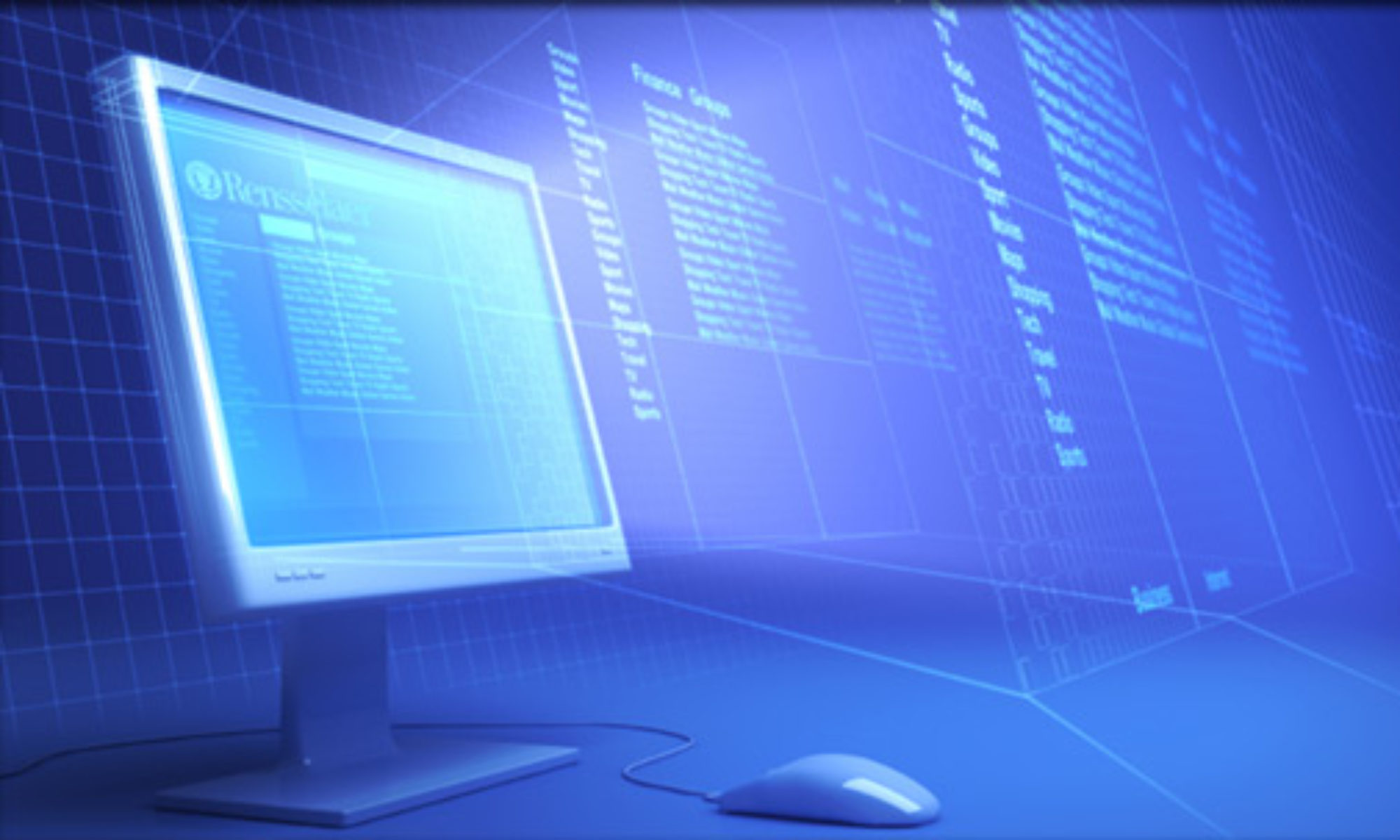A dedicated NAS device is sort of like a cloud server for your home—it lets you back up and access data through the internet. But NAS devices are more than just glorified hard drives. With minimal effort, they unlock a world of functionality for computer nerds, movie snobs, music fans, or even small businesses.
What Is a NAS Device?
At its most basic, NAS or “Network Attached Storage” is just file storage that’s connected to your home internet. Authorized devices inside and outside of your home can use this storage to wirelessly back up, download, or stream files.
It’s sort of like having a super-fast Dropbox server in your home. Except a NAS device can go much further than Dropbox—you can use NAS to create your own streaming service, experiment with VMs (awesome for hosting a Minecraft server), backup the entirety of your computer (including settings and preferences), or automatically send copies of backup data to other storage solutions.
Companies like Synology, TerraMaster, QNAP, and ioSafe sell purpose-made NAS devices, which are small and energy-efficient computers with huge slots for hard drives or SSDs. These dedicated NAS devices are easy to set up and easy to use.
To be clear, the features listed throughout this article do not require a purpose-made NAS device. You can enable network file sharing on any PC or Mac, for example. And if you have an old computer, Raspberry Pi, or NVIDIA Shield lying around, you can turn it into a NAS device.
Access Your Files on Any Device, Anywhere
You know how there’s a “Network” tab in the Windows and macOS file system? Once you set up a NAS, you can use that tab to access its contents from any computer in your home. Backing up and retrieving files requires nothing more than a drag and drop, and you can open files from the NAS straight into applications like Microsoft Word or Photoshop.
Other devices, such as smartphones or security cameras, can also access these files. And when you want to keep things private, you can apply password protection or a firewall to your NAS device (or password-protect specific folders).
If you want to take things a step further, you can even enable remote access on your NAS. This allows you and other authorized users to access its contents from anywhere in the world. If you’re a musician, for example, you can use a NAS to quickly share or collaborate on projects with others (and enjoy relatively fast upload and download speeds).
Now, port forwarding and remote access come with some security concerns. If you decide to enable remote access on your NAS, I suggest programming some firewalls and setting up to reduce the risk of ransomware and data loss—you cannot eliminate this risk, so please take it seriously. (You should also make backups of your backups, which we’ll get to in the next section.)
Backups and Data Redundancy

Most people buy a NAS device to back up data. Not only is it easier than lugging around a portable hard drive, but NAS devices can that ensures data redundancy. Basically, if one drive fails (and all drives fail eventually), your data is still safe on other drives within your NAS device.
You can even use a NAS to routinely back up your entire computer. Both the Backup and Restore tool on Windows and Time Machine on Mac work with NAS devices, meaning that you can wirelessly secure the contents, preferences, settings, and activities of your computer in case something goes wrong.
Bear in mind that NAS devices aren’t a one-and-done backup solution—you need to. Catastrophic drive failures can occur even with a solid RAID setup. House fires and other acts of God aren’t predictable. And if you enable remote access on your NAS, there’s always a small chance of ransomware.
I suggest following the 3-2-1 rule; make three backups of your files using two different media formats, and most importantly, keep one backup outside of your home. This is fairly easy with a NAS device. I routinely back up my NAS’ important files to a large external drive (which I keep in a fireproof box), and select folders in my NAS.
Build Your Own Streaming Service

Dedicated NAS devices are a popular option for media streaming, and with a service like Plex, you can build your own streaming service for movies, tv shows, and music. All you need are media files, which you can or download through the internet.
Services like Plex turn your NAS device into a “media server” with deep customization features and automatic metadata retrieval (for movie ratings, show descriptions, closed captions, album art, and so on). All devices within your home network, including smart TVs, can access this media through the Plex app or webpage.
And if you want to take things to the next level, you can enable remote access for your NAS-based media server. Family and friends can stream content from the server regardless of their location—it’s really like you made your own streaming service!
Here’s the only concern; cheaper NAS for streaming (especially 4K streaming or simultaneous streams to many devices). If you plan to use a NAS device for media streaming, be sure to look at reviews and see what people say about the performance. (Ideally, they should have no complaints about 4K streaming, even if that seems overkill for your needs.)
To be clear, Plex is just the most popular option for home media servers. There are plenty of alternatives, including Jellyfin, Kodi, and Enby.
Call us for more details. Don’t forget the cloud is just someone else’s computer.
Access Devices On Your Home Network from Anywhere

Andrew Hienzman.
Andrew is the News Editor for Review Geek, where he covers breaking stories and manages the news team. He joined Life Savvy Media as a freelance writer in 2018 and has experience in a number of topics, including mobile hardware, audio, and IoT.

